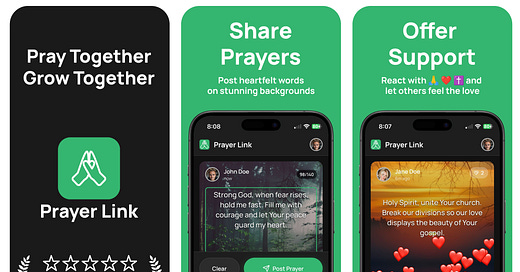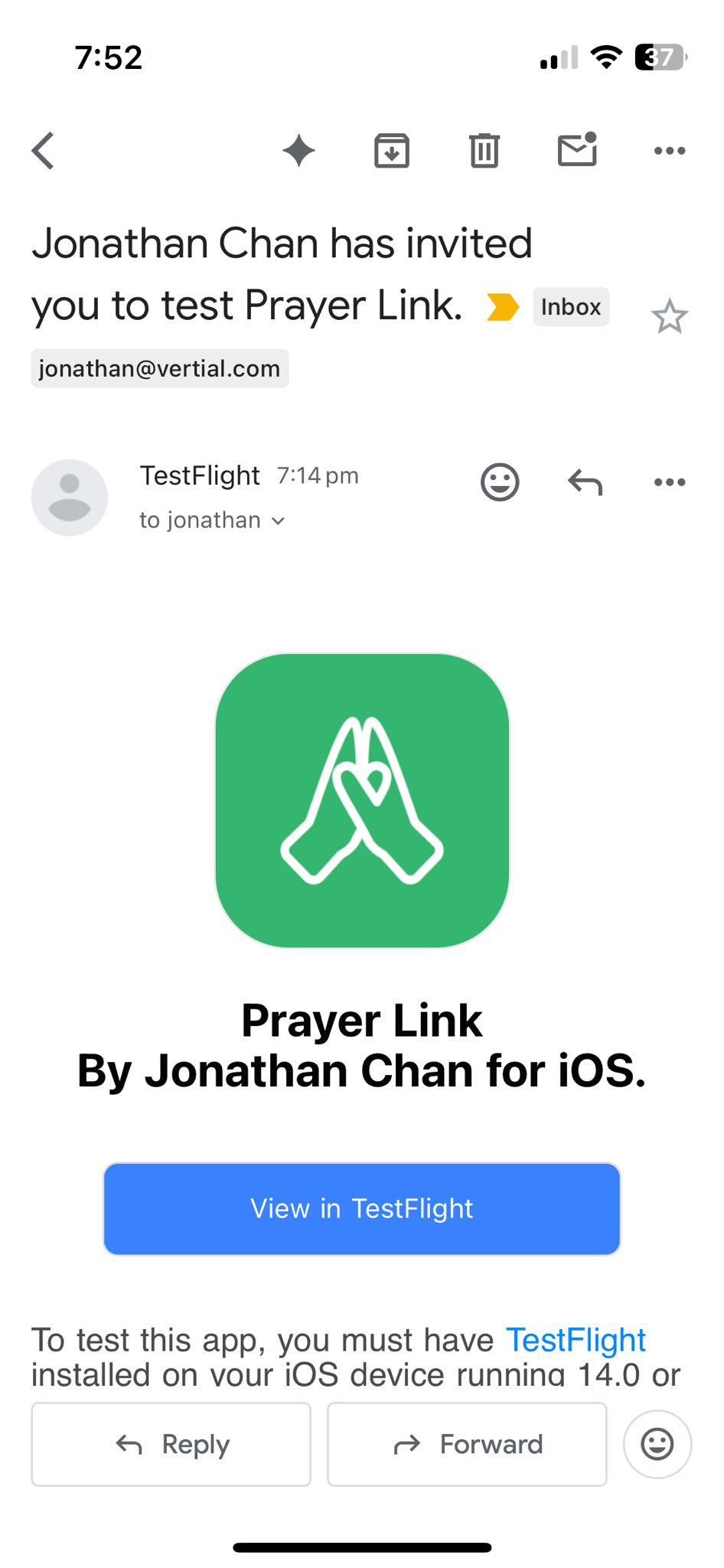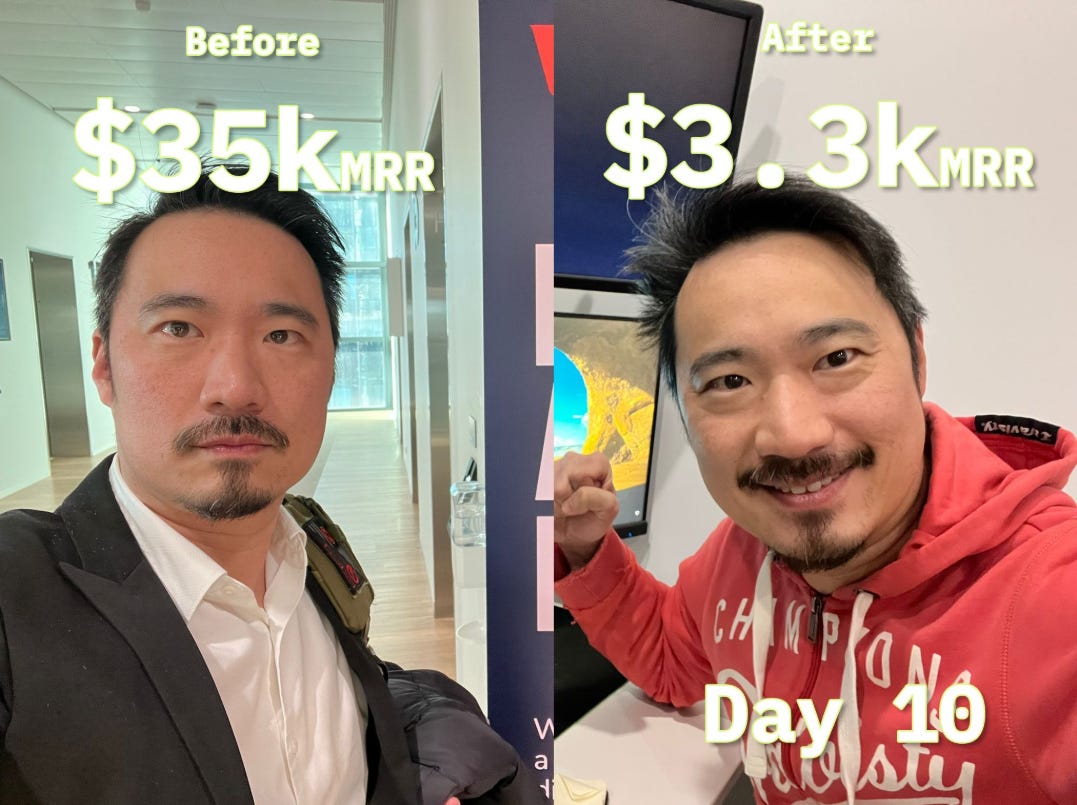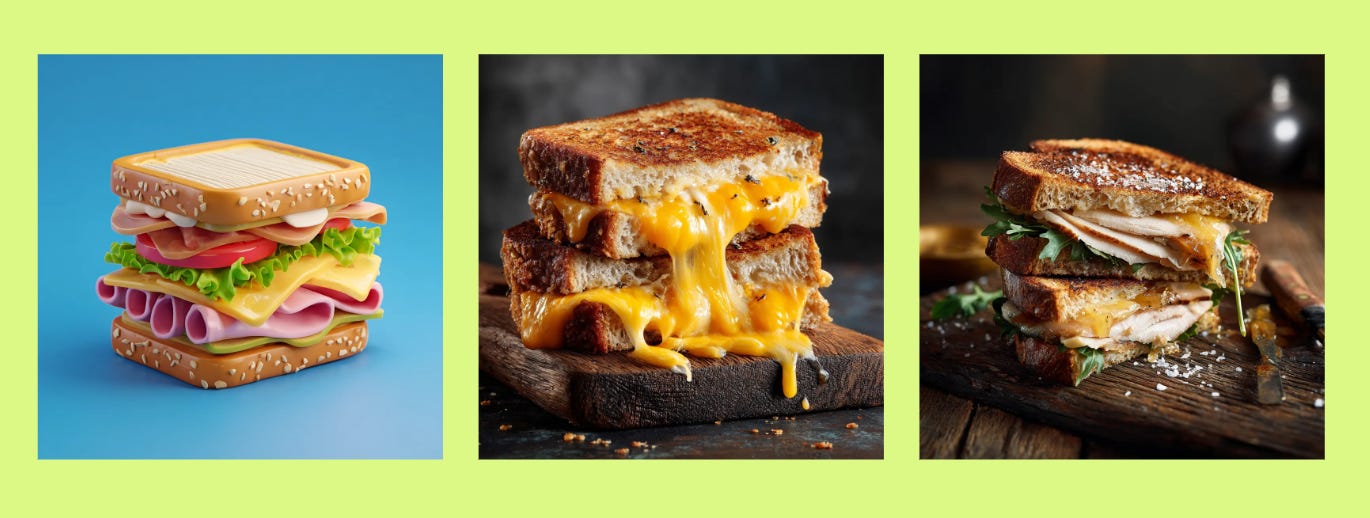Building in Public: Week 2 of My $30K in 30 Days Challenge
Sand, Slack & the Strange Elasticity of Revenue
0. Prologue, in which I discover that being “un-employed” is mostly “over-scheduled.”
Corporate life (bye-bye Westpac) had calendars with polite white space.
Entrepreneurship does not.
It is more like trying to pack three kids, one surfboard, and a half-built SaaS into my KIA Carnival and still beat school traffic.
You gain “freedom,” but only if you define freedom as choosing whether the 4 a.m. or the midnight slot gets the bug-fix shift.
Both happen; the middle just has beach soccer.
1. The Hourglass Model (Smash the Hour, Sell the Glass)
Monday began with a manifesto: no more fifteen-minute increments.¹
I turned my AI-automation service into an all-you-can-eat subscription. One flat rate, clear scope, unlimited requests. Admin time dropped to zero; MRR pinged up to $6.3k. A small LinkedIn chorus accused me of inventing SaaS plumbing for plumbers. Correct—and plumbers should subscribe.
Lesson: People buy solved headaches (read: business problems), not stopwatch clicks.
2. The Five-Day App Experiment (Weekend Edition)
Confession: the app sprint didn’t start Tuesday; it kicked off quietly last Saturday at 4 a.m. while the house slept and the coffee machine was working overtime.
Figma mock-ups in hand, I lobbed my first prompt at GPT-o3:
“Create a beautiful Instagram for Prayers Mobile App”
By Wednesday night, Apple replied: Your build is live on TestFlight.
Five days, one founder, zero all-nighters. Proof that large language models now play the role of “entire mobile squad,” provided you bribe them with clear prompts and caffeine fumes.
If you’d told me last year that combo could outrun a ten-person team, I would’ve filed a risk memo.²
Now I’m outlining a guide because half of LinkedIn insisted, Show your work or it never happened.
If you are interested in testing out the app in Beta, go here and signup:
I’m hoping (praying) that the App store approves it without any issues...
And if you are interested in the playbook, comment below “AI App” and I’ll reply with the guide.
3. Oversharing and the Spectator Sport of MRR
Wednesday’s post: why I share revenue. Half the internet said “motivating!”; the other half said “tacky flex.” I prefer the Matt Levine principle of radical disclosure: if people invest attention, give them the chart—even when it looks like a cardiogram.
So I published $6.3 k, then watched a client pause on Thursday, slicing MRR to $3.3k. The comment section went full CNBC: “Markets in turmoil!” It stung for the length of one espresso, then I shipped a new n8n workshop outline. Revenue is a yo-yo; my job is to keep flicking.
4. Beach-Day Capital Allocation
Friday, the CFOs (ages 15, 12, 8) declared a strategy off-site at Bondi. I tried to cancel; they out-voted me 3-1. Laptop stayed zipped, shell collection replaced sprint planning, Joseph (8) sprinted like he was shorting gravity—peanut allergy now a footnote. We returned sun-kissed and Slack-delinquent, but richer in ridiculous sea-glass.
Metric: number of shells > number of Jira tickets.³
5. PrayerLink, Faith, and Feature Creep
Between sand and Slack I shipped an MVP for PrayerLink, a tiny app that lets friends share prayer requests in a private feed. Two CEOs once let me gift them Bibles; I figured shipping prayer-as-a-service was the logical sequel. Watching my eldest help with the marketing (read: TikTok Dances and Insta Reels) felt like ROI a spreadsheet can’t grok(??).

6. The ICE Habit
Saturday’s dawn session refined the prompt protocol I now swear by:
Identity – tell the model who it is (“You’re a positioning consultant…”).
Command – state the deliverable (“Draft a 200-word cold email…”).
Examples – feed rules and samples so it stops freelancing with tone.
Run → review → ask the AI why it made weird choices → tighten rules. Ten loops later the prompt hums; I’ve saved two Bluey episodes of coding.
Here are 3 examples of increasingly specific prompts and 3 very different results.
Read my post here if you haven’t already on this topic:
From vague prompts to production-grade automations
Screening a stack of resumes is mind-numbing work. Yet it is one of the fastest ways to destroy candidate experience if you get it wrong. Today I walked a small cohort through my end-to-end workflow that automates 90 % of that grind while still surfacing the strongest talent.
7. A Modest Price Inflation (Not the Fed’s Fault)
Tomorrow—13 July at 00:00 AEST—the AI Never Sleeps newsletter nudges from $49.95 to $59.95. Ten extra dollars buys:
weekly live workshops (replays + prompt packs),
deeper teardown guides (the Figma → App in five days PDF drops next),
4 a.m. office hours (bring existential dread, I’ll bring coffee).
Lock in the old rate now if you like getting your AI updates from someone who codes before dawn and occasionally types with sandy fingers.
👉 Subscribe below (link) before the clock flips (if you are an existing reader).
8. Epilogue: Why Keep Doing This?
Because sharing numbers out loud keeps me honest. Because a message dropped in on Thursday:
“$6k a month? That’s more than my salary. You’re already winning.”
A stranger’s perspective reminded me progress is relative, focus is fragile, and momentum can start at 4 a.m. with nothing but coffee and an ugly prototype.
Also, by the end of the week, I’m back below his salary(!).
Tomorrow’s alarm is non-negotiable; the sea breeze is optional. Shipping continues. Thanks for reading the zigzags—code, clients, crab races, and all.
Jc
Footnotes
Standard billing increments turn brains into metronomes; nobody likes a metronome.
HR would have escalated to “AI risk committee,” which somehow includes three lawyers and a toaster.
The shell/Jira ratio is currently bullish.
(P.S. If you read this far, you’ve earned a dopamine pellet. Treat yourself to a second coffee.)











